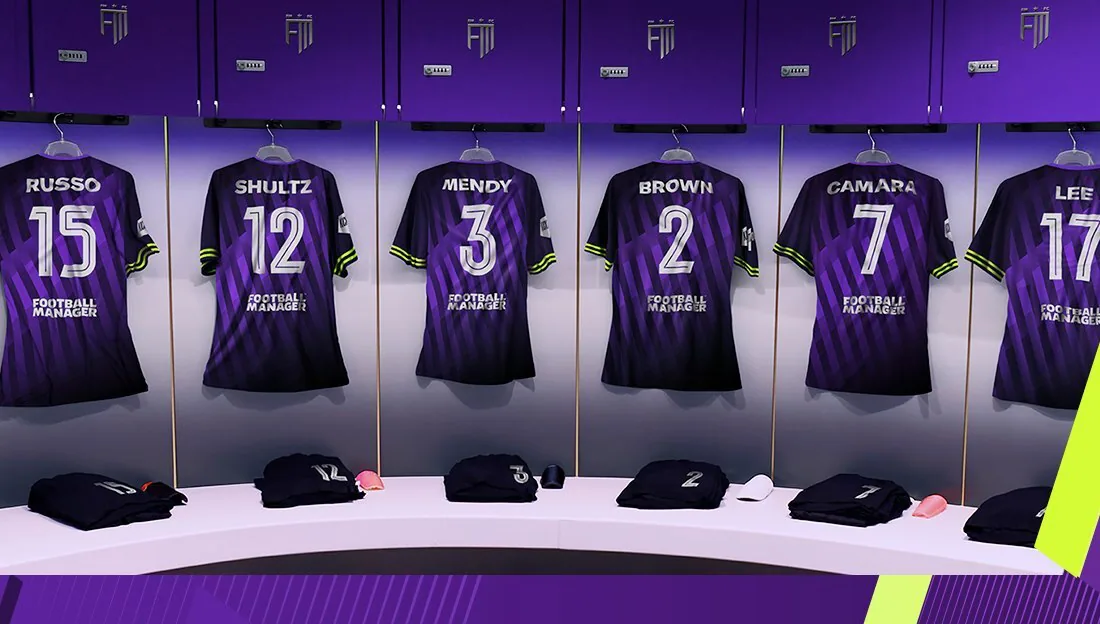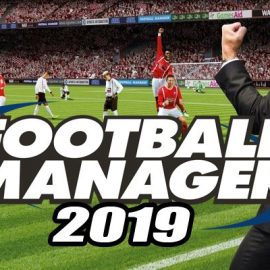Don’t fret if you’re beginning to realise that you’re the Tony Adams of Football Manager. Although unlike old Donkey, you can drastically improve your management skills as, after all, FM is a computer game.
For all of you that are new to FM and the world of the football management SIM then cast your eyes on this beginners guide as we work together to transform you from an under-pressure manager to one of world class proportions. Well we’ll at least have a go!
Formation
Of all that will follow, this is probably the least important part of the game. You can win titles with just about any reasonable formation. The tricky part is matching your formation with your players’ capabilities and your game plan.
First, figure out how you want to play (defensive, offensive or counter attacking). If you want to go on the offensive, I would recommend a classic 4-4-2; for defence, the 4-1-4-1 works well, while for the counter attack, I generally go with the 4-5-1 with the advanced wingers.
A lot, however, also depends on your squad – as it would be very hard to play a 4-1-4-1 if you do not have a defensive midfielder. In general, you must try to have as many players as possible (from your starting XI) with bright green dots next to their name (that says that they are natural in the position to which you have assigned them).
Player Instructions
Unlike the former, this is probably the most important of all that is to follow. This is where you give individual instructions to your players. It’s hard and tedious, but it must be done well.
For starters, set each player to the template of the position which you have given him (you can do this by clicking on position – while on the ‘Player Instruction’ screen – and selecting the appropriate), then figure out what you want each player to do.
For example, you might want Aaron Lennon to cross and dribble often, but shoot rarely. I generally tell my players to do what they are good at and avoid doing that at which they’re not so hot (know your players’ attributes!). For the beginning I would recommend that you follow this rule and start tweaking it only when you are comfortable with the game.
For more on ‘Player Instructions’, check out the ‘FM Tactics Guide’.
Team Instructions
This is where you tell your team how you want them to play, but you must be careful. Some instructions do not work well with others. For example, it does not make much sense to play a counter-attacking game at a slow tempo. Here are the basic rules:
• High tempo should be paired with long-passes. If you play like this, you have to either attack or try for the counter-attack.
• Low tempo should be paired with direct or short passes. This works if you are attacking or defending, but not for counter attacks.
• If you plan on a defensive game, try closing opponents down in your own half at least, if not all over the pitch.
Other than that, adjust your time-wasting and width to your preference and make sure that if you play with a target man or a playmaker (bad idea to try both), you specify the player you want to occupy that role.
Two more things before I move on: playing with a high-tempo or closing down all over the pitch will tire your players out faster. So, watch out for that. Also, tackling hard is likely to make you concede free-kicks in dangerous positions (more specifically, inside the 18-yard box) and to get players sent-off. It does have its own advantages (intimidating/injuring opposition) but try to make sure your defenders have decent tackling and anticipation attributes.
For more on ‘Team Instructions’, take a look at this!
Training Schedules
I have played Football Manager since its inception and this is the first version of the game where the training program makes a difference. For one thing, it helps you keep your players fit. For another, it helps players develop.
To get the best out of the feature, create training schedules for each position. This will help players focus on what they need to better themselves at (you don’t want your strikers to be working on their defensive duties!). So, take your defenders and put them in a schedule where they focus on ‘Strength’, ‘Aerobic’, ‘Tactics’, ‘Defending’ and whatever else you value in a defender. Do this for your midfielders and forwards as well and, if you can be bothered, set up schedules specifically for the wingers and full-backs.
When creating your schedule, make sure to keep the workload at a reasonable intensity (the border between ‘medium’ and ‘high’ is great for top flight teams). Doing otherwise might make your players too tired to play in a match or too unfit to go on for ninety minutes.
Once you have done that, you need to address the coaches. The more coaches the better, but they do not need to be great coaches. Look for those who have a solid right-hand column when it comes to attributes (motivating, adaptation, etc.) and have a 20 at just one or two training categories.
Next make sure that your staff are well equipped to cover all areas of training (as in, make sure that you have a coach or two who specialize in ‘Strength’ and another one or two who specialize in ‘Technique’ and so one). Once that is covered, set each coach to one or two training categories. This will make the workload decent for your coaches and will ensure that your players will receive all the attention that they need to fully develop.
For a more detailed overview of training and training schedules, take a look at this article.
Conclusion
Well, that is all that I had to say today.
Go on! Get back to Football Manager now and let’s hope you banish the ghosts of the FM beginner.
Add Sportslens to your Google News Feed!






